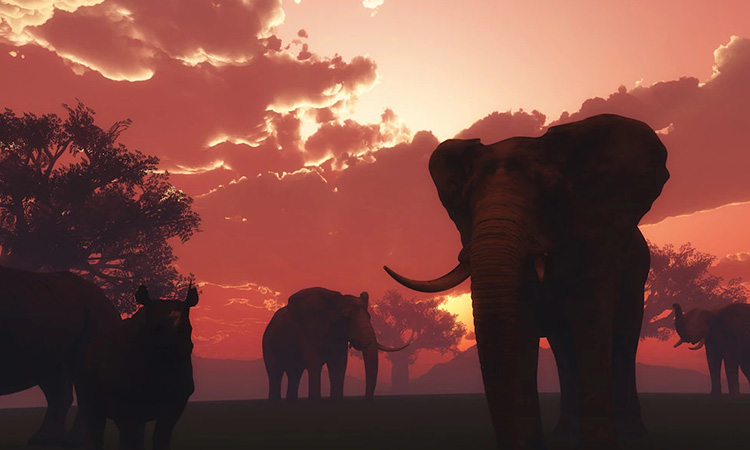Biodiversity, the variety of life on Earth, is vital to our planet’s health. But unfortunately, it is under threat. Several factors are contributing to the loss of this biological diversity, and most of them are human induced. As we better understand these threats, it’s crucial to take necessary actions to counter them. Here’s an overview of the major threats to biodiversity:
1. Habitat Destruction
Probably the most significant threat to biodiversity is habitat destruction. As we expand our cities and towns, build roads, and clear forests for agriculture, we reduce the living space available for wildlife. This fragmentation often leaves animals with no room to hunt, breed, or even live.
- Deforestation: Every year, vast areas of forests are cut down for timber, farming, and urban development. This not only leads to the extinction of many species but also affects our climate. Forests act as carbon sinks, and when they’re destroyed, they release stored carbon into the atmosphere.
- Wetland Drainage: Wetlands serve as vital habitats for many species, especially migratory birds. But as these wetlands are drained for agriculture and urbanization, many species lose their homes, which can lead to a decline in their populations.
2. Over-exploitation
Over-exploitation happens when we use or hunt a particular species to the point where its population can’t recover. This can be seen in:
- Overfishing: Many fish species are now threatened due to excessive fishing. As the demand for seafood increases, techniques like trawling devastate the marine ecosystem.
- Hunting & Poaching: The illegal hunting of animals for their fur, tusks, or simply as trophies has led to the decline of many species.
3. Pollution
Pollutants in the air, water, and soil can have devastating effects on biodiversity:
- Water Pollution: Dumping industrial waste, pesticides, and fertilizers into water bodies affect aquatic life. Eutrophication, where water bodies receive excess nutrients and lead to dense plant growth, can result in the death of aquatic species.
- Air Pollution: It can lead to respiratory problems in animals and disrupt the delicate balance of the atmosphere, causing problems like acid rain which affects soil and water sources.
4. Climate Change
Global warming, driven by human activities like burning fossil fuels, deforestation, and industrial processes, is leading to changing weather patterns:
- Rising Temperatures: They can force wildlife to move to cooler areas, often causing conflict with other species or leading to invasion in new territories.
- Melting Polar Ice: This leads to the loss of habitat for species like polar bears and seals.
5. Invasive Species
When non-native species are introduced to a new environment, either accidentally or intentionally, they can outcompete, predetermine, or bring diseases that the native species are not used to. This can lead to a decline or even extinction of native species.
6. Land Use Change
Shifting from one type of land use to another, like forests to agriculture or grasslands to urban areas, directly impacts the species that were thriving in the original habitat.
7. Globalization
As the world becomes more connected, so does the transfer of species from one part of the world to another. Some of these species, when introduced to new regions, can become pests and disrupt local ecosystems.
8. Natural Disasters
While not human-induced, natural events like volcanoes, earthquakes, tsunamis, and others can significantly affect local biodiversity. Though they are a natural part of Earth’s dynamics, the aftermath can lead to habitat destruction.
9. Human Overpopulation
With the global human population increasing, there’s more demand for space, food, and resources. This leads to more habitats being destroyed to meet these demands.
10. Agricultural Expansion
Using large areas for monoculture farming or pastures for livestock reduces the diverse ecosystems into a single type of habitat. This is not conducive for various species to thrive.
The threats to biodiversity are vast and intertwined. It’s not just the loss of a species we’re talking about; it’s the altering of an entire ecosystem, which can lead to a domino effect. Recognizing these threats is the first step. Taking collective and individual actions to mitigate these threats is the next imperative stride. Every organism, no matter how small, plays a role in the bigger picture of our planet’s health. By preserving biodiversity, we’re ensuring a healthier and sustainable world for generations to come.



